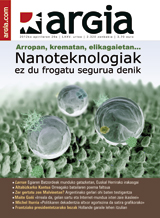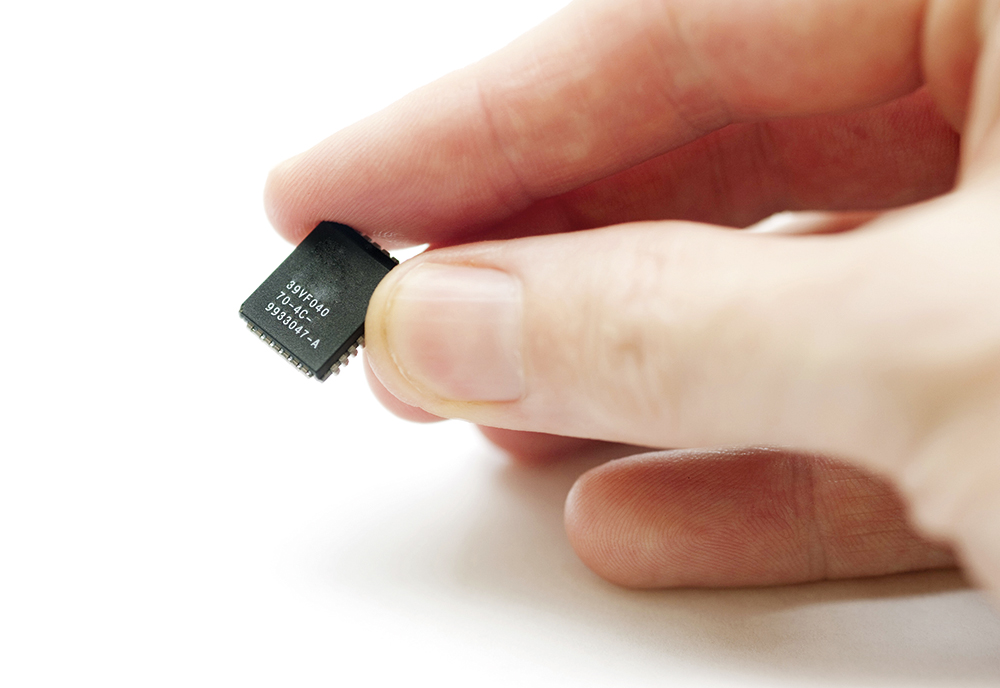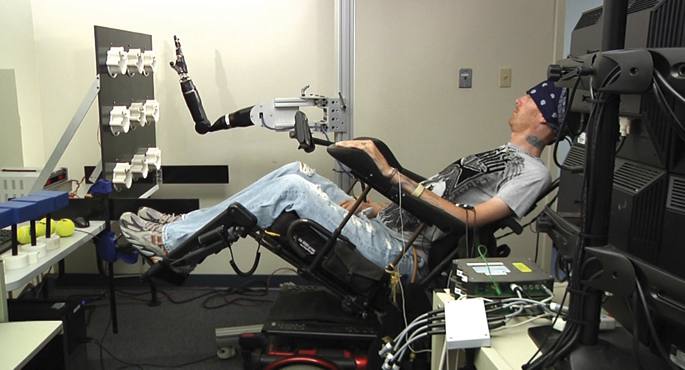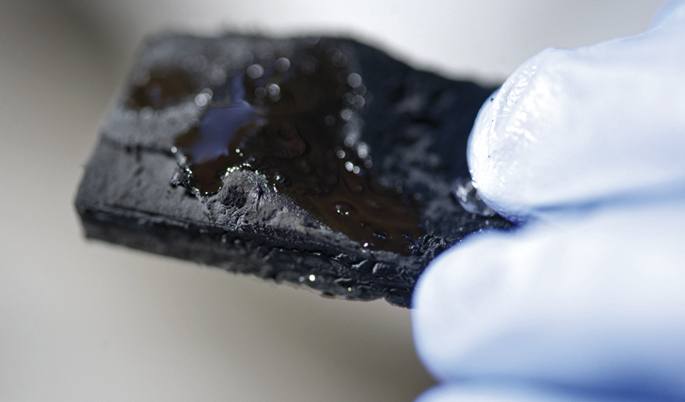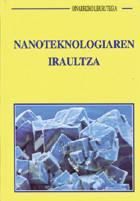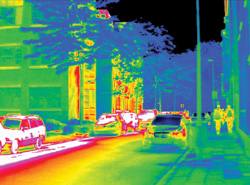To what extent is dwarf?
Jose Mari Pitarke says the nanoscale field is between 0.1 and 100 nanometers: “In 0.1 is the atom; the diameter of the DNA double helix is 2.5 nanometers, the ribosomes 10 and the viruses are usually less than 100 nanometers.” Why 100? “From there, the quantified energy levels predicted by quantum mechanics are evidenced and systems are small enough to show properties significantly different from the usual features of the macro scale.”
What about nanotechnology in the ETC group? The report questions the limit of 100 nanometers. They say that this measure was taken by the US National Nanotechnology Initiative in 2001 and has since been successful, but from the point of view of toxicology it is an arbitrary border. “In 2009, the EU’s SCENIHR committee, focusing on new health threats, said the definition of dwarf was yet to be clarified.”
The report points to a number of examples of a lack of unified criteria. In 2010, the UK House of Lords expressly rejected the 100 nanometer limit and recommended that the regulation of nanoparticles take on anything not exceeding 1,000 nanometers. The Swiss Federal Office of Public Health and the Federal Office of the Environment recommended a limit of 500 nanometers. UK Soil Society of 200 and Friends of the Earth Environmental Association of 300.
José Mari Pitarke believes that the debate on the top frontier of the nanoscale is sterile: “We tend to say that we are on a nanoscale when properties are dependent on particle size, which is barely noticeable in the case of particles over 100 nanometers.”
The Clinatec laboratory in Grenoble, supported by the French Atomic Energy Commissioner, has been authorised to place microchips in the human brain since 2013. The aim is to take steps in the fight against Parkinson's disease, tetraplegia and depression.
The laboratory has six... [+]
A group of researchers from the United States, Spain, Belgium and Japan, who were doing a nanotube trial, found that if you add boron to carbon, nanotubes run away as if they were sponges, and in addition to floating well in the water, they absorb the oil and oil that may be in... [+]
Azken hamarkada bitan, materia atomoz atomo eta molekulaz molekula manipulatzeko gaitasuna garatu dugu gizakiok. Hartara, gauzatu egin da 1950eko hamarkadan Richard Feynman fisikari ospetsuak irudikatutakoa, berak izen hori eman ez bazion ere: nanoteknologia. Aukera berrien... [+]
Unai Mtz Lizardui / Alain Urizar ::Nanoteknologiaren iraultza
Gaiak
orrialdeak ::155
prezioa ::18€
Batzuen artean ::Jakin 171
Jakin
orrialdeak ::146
prezioa ::10.50€
Teknologi elektrokimikoen zentroa, 1997an sortu zen sektore elektrokimikoaren sektore industrialei zein administrazioari eta orokorrean gizarteari zerbitzua emateko. Energiaren, gainazalen tratamenduen eta material berrien alorretan dihardu. Miramongo Parke Teknologikoan... [+]







